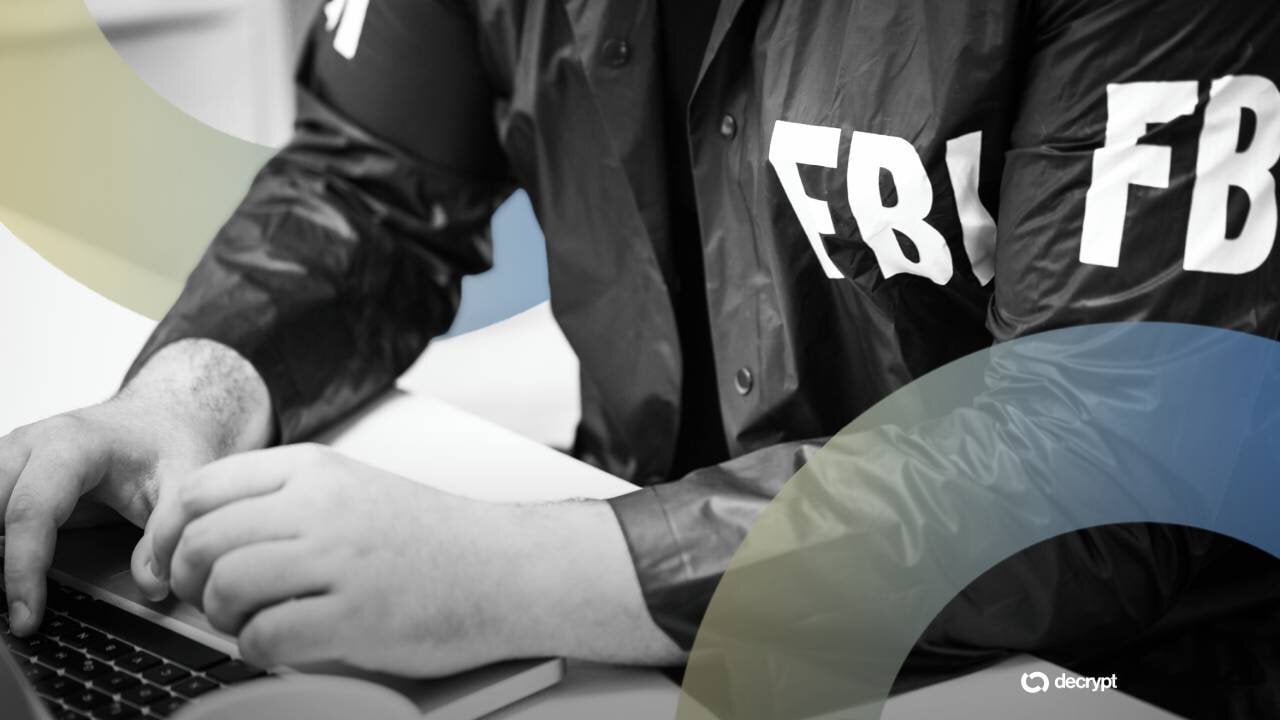Bus advertising featuring a large scale picture of a beauty model for Loreal Paris Panorama Volumising Mascara make up on 7th April 2024 in London, United Kingdom. (photo by Mike Kemp/In Pictures via Getty Images)
In Pictures via Getty Images
L’Oréal, the world’s leading beauty company, has reached an approximately $4.7 billion (€4 billion) agreement to acquire Kering Beauté business, including its flagship Creed fragrance brand. The deal is framed as a 50-year strategic partnership aimed at developing beauty and wellness products for Kering’s luxury houses, including Gucci, Bottega Veneta and Balenciaga. L’Oréal currently partners with Kering’s Yves Saint Laurent brand.
Besides winning the Creed prize – Kering acquired Creed in mid-2023 for an estimated $3.8 billion, which the Wall Street Journal reported as the largest selling high-end fragrance brand after Jo Malone, owned by Estée Lauder – L’Oréal also will gain exclusive licensing rights to Kering’s other brands in fragrances and beauty. On a side note, Gucci is currently licensed to Coty until 2028, at which time it will revert to L’Oréal. The companies are also entering into a 50/50 joint venture to explore further business opportunities combining luxury, wellness and longevity.
As in the best deals, both partners emerge as winners. “This partnership will further solidify our position as the world’s #1 luxury beauty company and allow us to explore new avenues in wellness together,” L’Oréal Groupe CEO Nicolas Hieronimus said in a statement.
Kering CEO Luca de Meo added, “Joining forces with the global leader in beauty, we will accelerate the development of fragrance and cosmetics for our major Houses, allowing them to achieve scale in this category and unlock their immense long-term potential, as did Yves Saint Laurent Beauté under L’Oréal’s stewardship.”
The all-cash deal is contingent on French regulatory approvals and is expected to be completed in the first half of 2026.
Decisive Move By Kering
With this announcement, newly appointed Kering CEO de Meo makes a decisive and prescient move to turn the floundering company around.
Kering suffered a 12% revenue loss in 2024 to $20 billion and was down 16% through the first half of 2025, dropping from $10.5 billion to $8.8 billion this year. Kering will report third-quarter 2025 revenues tomorrow after market close.
De Meo joined the company just a little over a month ago after resigning as CEO of Renault, where he earned a reputation as a turnaround expert. At the same time, Kering founder and chairman François-Henri Pinault relinquished his CEO title, stating that de Meo had the “right stuff” to guide the company forward in the next phase of its evolution.
“His experience at the helm of an international listed group, his sharp understanding of brands and his sense of a strong and respectful corporate culture convinced me that he is the leader I was looking for to bring a new vision and steer this next chapter in the Group’s history,” Renault affirmed.
Proceeds of the sale are expected to be used to pay down the $11 billion in debt the company was carrying at the end of June. Upon assuming his CEO role last month, De Meo said he was prepared to make some “difficult decisions” to reduce the company’s debt load. Analysts at Bernstein said, “We believe selling Kering Beauté at around the same price paid for Creed two years ago is a bitter but necessary medicine.”
Besides easing Kering’s debt burden, the company is freed from the distraction of a non-core beauty business so de Meo can now focus the company’s energy and resources toward its core fashion brands, especially flagship Gucci brand, which dropped 26% in revenues during the first half of 2025 to $3.5 billion.
The further development of Kering’s beauty portfolio is placed in the more capable hands of a beauty expert.
L’Oréal’s Largest Acquisition To Date
The acquisition of Kering Beauté is L’Oréal’s largest acquisition to date, after acquiring Aesop for $2.5 billion in 2023. The beauty industry giant, that generated $50.4 billion (€40.5 billion) last year on 5.6% reported growth, boasts a plethora of industry-leading brands under its four operating divisions:
- Consumer products, including L’Oréal Paris, Maybelline and Garnier, is its largest division with $18.6 billion or 37% of revenues in 2024
- Dermatological beauty with La Roche Posay, Skinceuticals and CeraVe (16% of revenues)
- Professional products, including Kératase, Redken and Pureology (11% of revenues)
- L’Oréal Luxe division (36% of revenues) boasts a world-class list of luxury brands. Besides Aesop and Yves Saint Laurent, it includes Lancôme, Kiehl’s, Prada, Valentino, It Cosmetics, Ralph Lauren, Miu Mui, Diesel, Urban Decay and Victor Rolt.
The L’Oréal Luxe division reached near parity with consumer products last year, generating $18.1 billion and delivering $8.9 billion in the first half of 2025, behind consumer products at $9.8 billion.
Not only is L’Oréal an expert in luxury beauty, it excels in the fragrance category. Perfumes were the fastest-growing product segment last year, up 14% to $6.9 billion. The acquisition of Creed and Kering’s other brands will maintain that growth momentum and should push L’Oréal Luxe ahead of consumer products shortly.
The Wall Street Journal reported Creed generated over $300 million in the year preceding its sale to Kering and Kering reported its beauty sales rose 9% in the first half of this year.
Playing To Both Company’s Strengths
While Kering’s chief competitive rival, LVMH has developed its Christian Dior beauty business in-house and just launched Louis Vuitton lipsticks at an unprecedented $160 price tag this summer, Bernstein analyst Luca Solca called Kering’s move away from developing its beauty business in-house as a necessary “U-turn.”
“A high-profile license with L’Oréal promises to bring material royalty flows and limit future capex in the beauty area, where Kering has no credible competitive advantage. Besides the collaboration with L’Oréal and Saint Laurent has worked well,” he explained.
This deal is a win/win for both companies, as consultant and adjunct professor Bruno-Roland Bernard shared with CNBC.
“L’Oréal enjoys strong momentum in the Luxe division and they must be looking forward to getting hold of the perfume and beauty licenses associated with Kering’s prestigious yet relatively underdeveloped brands.”
Bernard also viewed it as a very timely opportunity for L’Oréal. “It’s also possible they are taking advantage of a favourable bargaining position – with limited competition: who has the credentials and the firepower to deal with a Kering under time pressure?” he concluded.
Source: https://www.forbes.com/sites/pamdanziger/2025/10/21/kering-and-loral-double-down-on-their-strengths-in-47-billion-beauty-deal/

